
Hugh O'Neil is a student at Harvard Law School and a member of the Labor and Employment Lab.
The NCAA’s growth into a billion-dollar enterprise raises questions about the legal status of college athletes – the workers who make this financial success possible. In the past few decades, Division I college athletes have turned to Congress, the NLRB, and the judiciary to argue for their recognition as employees. For the athletes, employee status would mean minimum wage, overtime pay, and worker’s compensation, as well as the opportunity to bargain collectively. According to the NCAA, college athlete employee status could dismantle the intercollegiate athletic system as it exists today.
Recently, two pieces of litigation have moved us forward in resolving the college athlete employee question: Johnson v. NCAA and House v. NCAA. In mid-2024, the Johnson court devised a test to assess college athlete employee status. After the House settlement earlier this year, many college athletes will satisfy one of Johnson’s elements, bringing us closer to answering the employee question in the affirmative.
Johnson v. NCAA
In Johnson, the Third Circuit announced a novel economic realities test to determine whether and which college athletes could be considered employees under the FLSA. The four-prong test asks whether the athletes: “(a) perform services for another party, (b) necessarily and primarily for the [other party’s] benefit, (c) under that party’s control or right of control, and (d) in return for express or implied compensation or in-kind benefits.”
In a concurrence, Judge David Porter explained that the first and third prongs are likely satisfied for all college athletes. Indeed, even high school athletes “perform a service” under the “control” of a coach or athletic department. But Judge Porter noted that the second and fourth prongs remain as a challenge to the college athletes’ case.
Putting the second prong aside, it is clear that, to date, college athletes have not successfully argued the fourth prong: that they perform services in return for compensation or benefits. Athletes have asserted that either their Name, Image, and Likeness (NIL) payments or athletic scholarships qualify as compensation. But NIL payments are neither “pay-for-play” nor paid by the schools or NCAA themselves. Scholarships, like NIL payments, are rare in college athletics, and classifying them as compensation remains contested and unsettled. After House, college athletes have a much clearer argument that they are compensated for their services.
The fourth Johnson prong does not require actual compensation at the time employment status is asserted. Rather, the fourth prong of Johnson looks for an “expectation of compensation.” In devising the fourth factor, the Johnson court cited Tony & Susan Alamo Found. v. Sec’y of Labor to hold that “[a] putative employee . . . is expected to receive either express or implied ‘in-kind’ compensation for services rendered.” The court also quoted Walling v. Portland Terminal Co. to explain that “the FLSA does not cover a person who [works] ‘without promise or expectation of compensation.’” It makes good sense that the fourth Johnson prong looks for expected compensation: The Johnson plaintiffs are suing the NCAA because they are not compensated with a minimum wage for the services they perform.
It is as yet unclear how strong the expectation of compensation must be to satisfy the fourth prong of the new test. Jurists and scholars have pointed to the difference between college athletes on teams that generate revenue and those on teams that do not, suggesting that athletes have reasonable expectations of compensation when their teams are revenue generating. There is some intuitive logic to this position, though it seems to ignore the existence of employees at other not-for-profit organizations: for example, a small nonprofit may never generate revenue and yet undoubtedly can have employees.
Whatever the strength of this analogy, however, the expectation-of-compensation factor has been fundamentally changed by House v. NCAA.
House v. NCAA
The NCAA generates a substantial amount of its revenue through lucrative broadcasting deals. Because the NCAA considers college athletes unpaid “amateurs,” college athletes cannot receive compensation from these deals. On June 6, 2025, Senior District Judge Claudia Wilken (N.D.C.A.) approved a settlement between the NCAA and a class of former and current college athletes to resolve three federal antitrust actions stemming from this reality. In each suit, the athletes alleged that the NCAA illegally restricted their earning power and sought backpay for revenue generated by the television contracts.
The $2.8 billion settlement accounts for backpay to former college athletes and constructs a revenue-sharing model to compensate current and future athletes. For at least the next ten years, each Division I school will receive $20.5 million to distribute to their teams. As a result, for the first time since the creation of the NCAA, college athletes will receive money directly from their universities.
Implications
After House, all NCAA Division I athletes will have at least some expectation of compensation. Surely, $20.5 million will not be sufficient to compensate every college athlete commensurate with their market value. Many college athletes will not receive any House money. However, just because a prospective college athlete’s expectation of compensation will not ultimately be realized does not mean that they do not possess an “expectation” that they could be compensated.
On this reading, if college athletes can also prevail in their Johnson second prong arguments, they will be entitled to employment status and protections. This could destroy the NCAA model as it exists today. So, why would the NCAA agree to the settlement? At least three possibilities are plausible.
First, the NCAA may be confident that most, if not all college athletes, will not satisfy Johnson’s second prong (primary beneficiary). In the pursuit of separating “play” from “work,” Judge Porter posited that athletes’ work is primarily for the benefit of the team when the team resembles a profit-seeking entity. It is true that very few NCAA teams generate enough revenue to cover costs. But this again runs into the “non-profit problem” outlined above: Non-profits are entities that undoubtedly employ workers but are by definition not profit-seeking.
Second, the NCAA might read “expectation of compensation” to mean the worker’s reasonable belief that they will receive financial compensation for the services rendered. In theory, House money could be distributed to any college athlete. But it is more than likely that almost all schools will funnel the money toward revenue-positive sports. As such, most athletes will not satisfy Johnson’s fourth prong via House, and the NCAA model may remain undisturbed for the vast majority of sports and teams.
Third, and finally, the NCAA may be admitting that the writing’s on the wall. At this point, elite college athletes are already receiving millions of dollars for their services under the guise of non-pay-for-play NIL deals. In other words, everyone knows this is a business; everyone knows the players are employees. The NCAA may be content to grant employment status to a small subset of college athletes, even if the implications of that raise complicated equity questions.
Regardless of the NCAA’s strategic motives, the House settlement moves college athletes closer to satisfying the requirements of the Johnson test. With Congress steadfastly on the sidelines of this debate, the courts remain college athletes’ best outlet. While House plus Johnson may not equal employment status for all, it is the closest college athletes have ever been to rights under the FLSA.
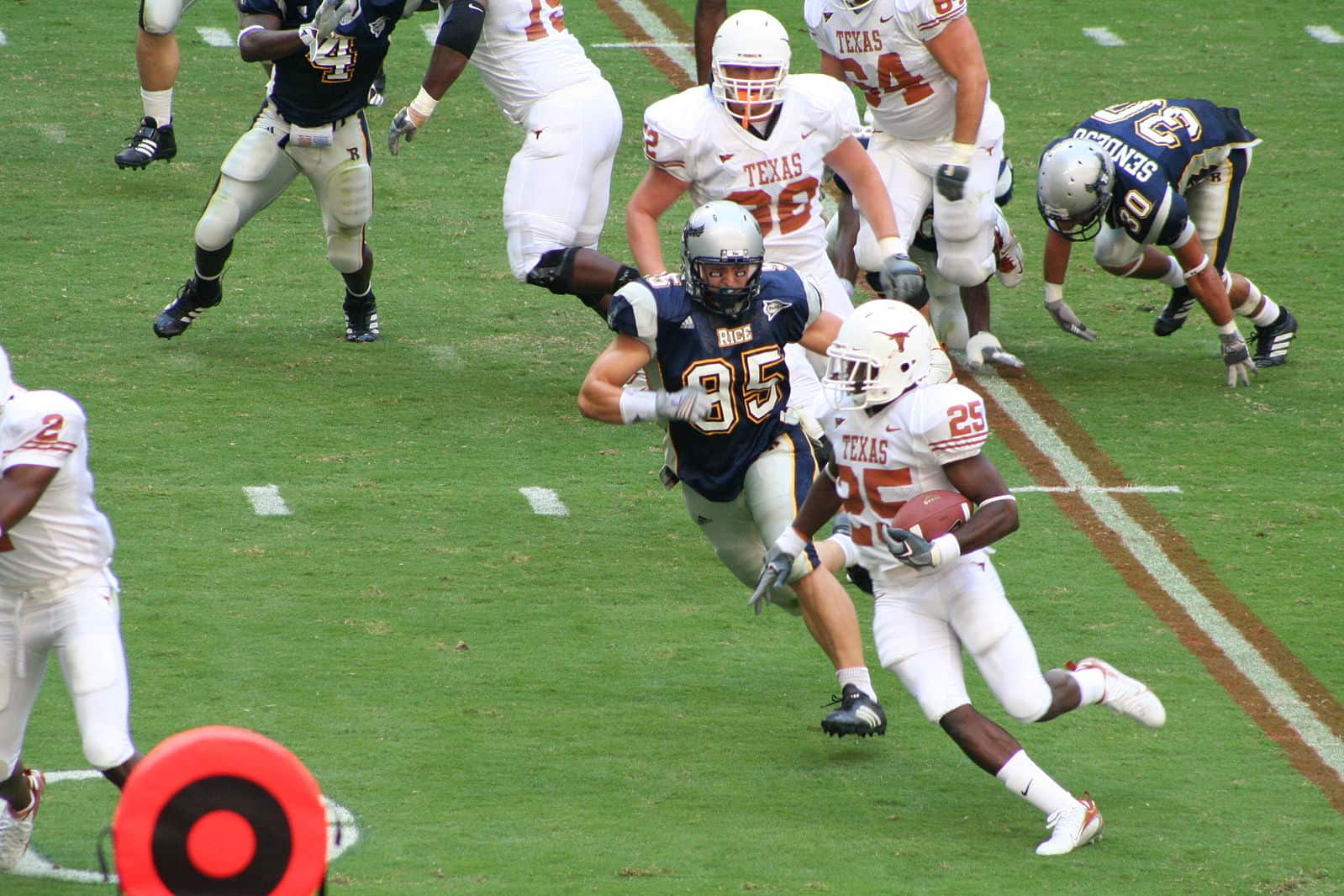
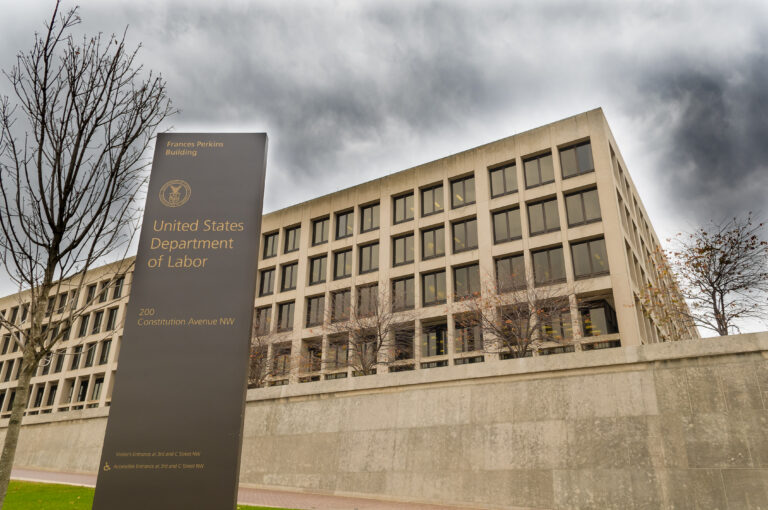
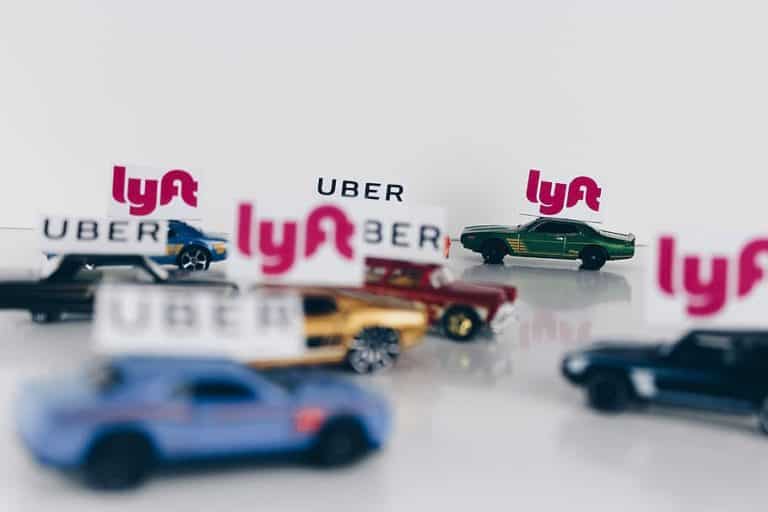
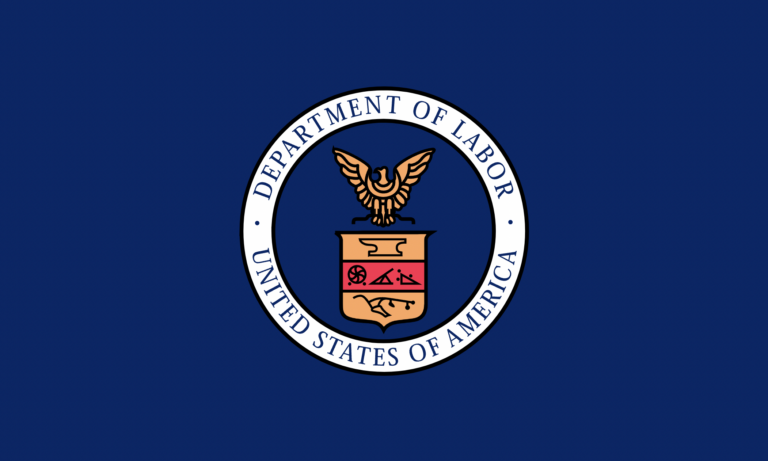
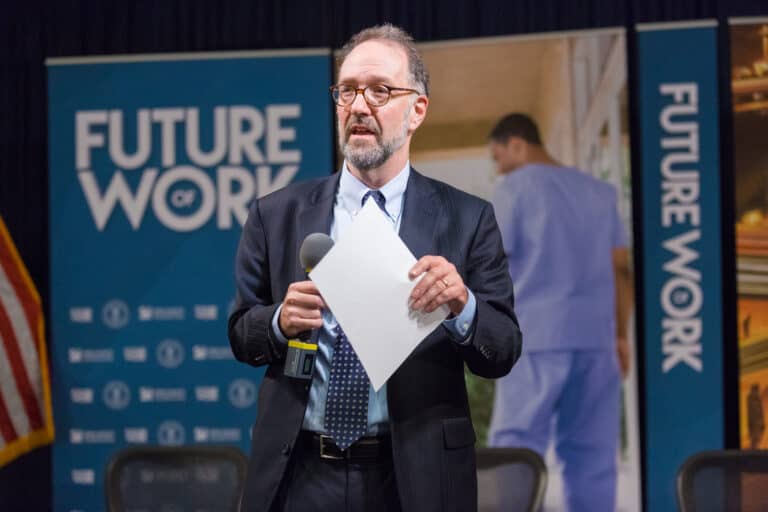
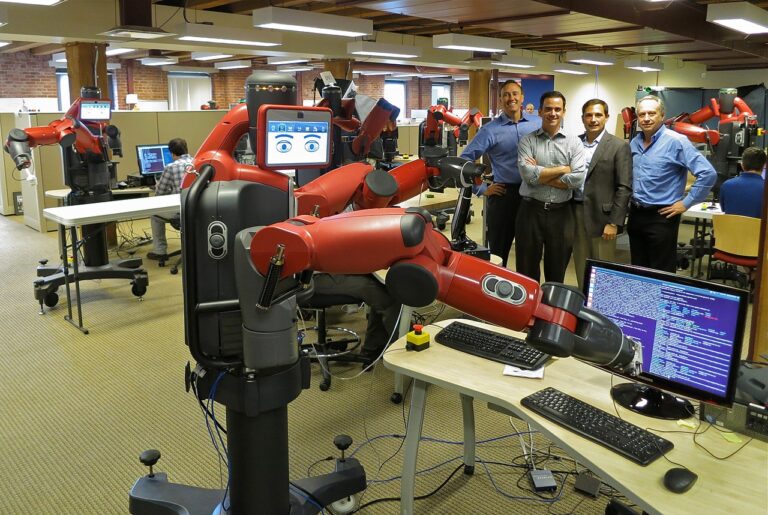
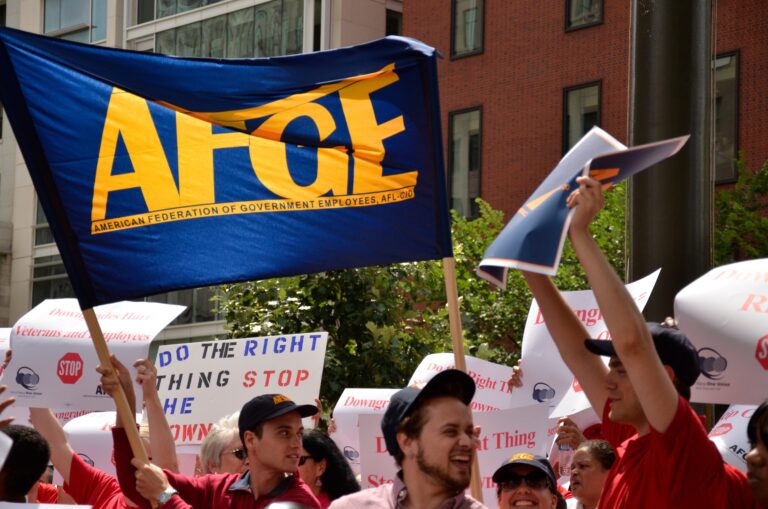
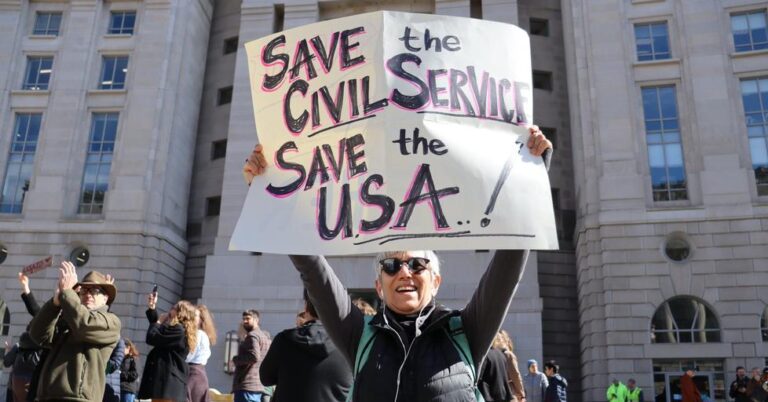
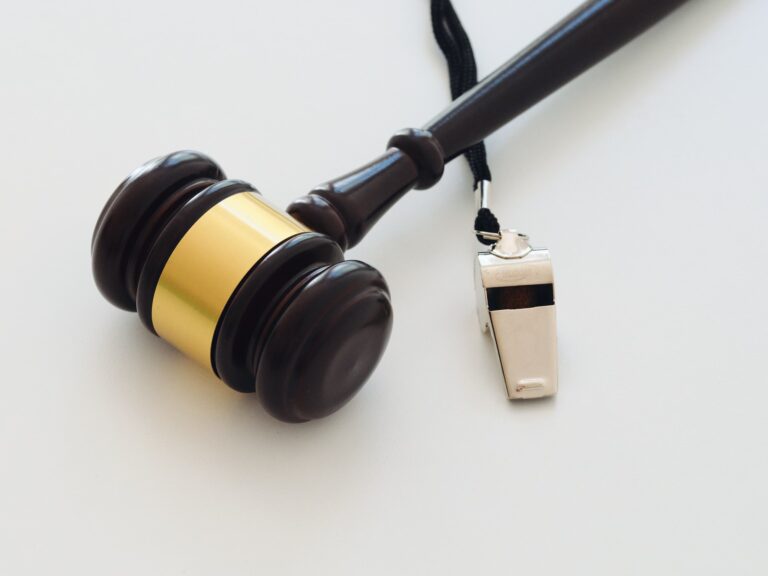
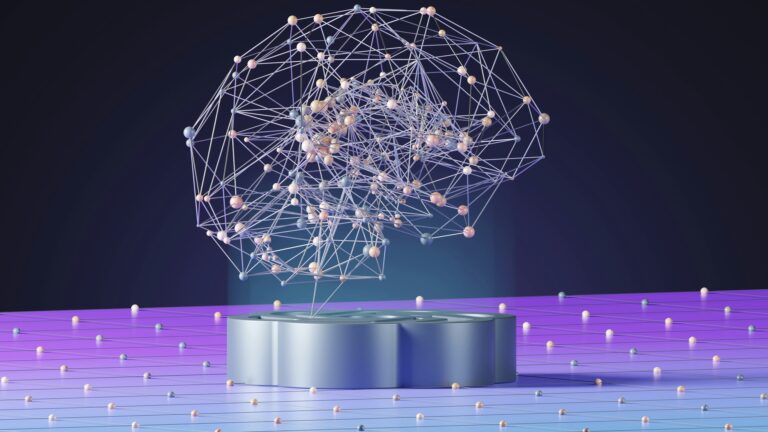
Daily News & Commentary
Start your day with our roundup of the latest labor developments. See all
December 7
Philadelphia transit workers indicate that a strike is imminent; a federal judge temporarily blocks State Department layoffs; and Virginia lawmakers consider legislation to repeal the state’s “right to work” law.
December 5
Netflix set to acquire Warner Bros., Gen Z men are the most pro-union generation in history, and lawmakers introduce the “No Robot Bosses Act.”
December 4
Unionized journalists win arbitration concerning AI, Starbucks challenges two NLRB rulings in the Fifth Circuit, and Philadelphia transit workers resume contract negotiations.
December 3
The Trump administration seeks to appeal a federal judge’s order that protects the CBAs of employees within the federal workforce; the U.S. Department of Labor launches an initiative to investigate violations of the H-1B visa program; and a union files a petition to form a bargaining unit for employees at the Met.
December 2
Fourth Circuit rejects broad reading of NLRA’s managerial exception; OPM cancels reduced tuition program for federal employees; Starbucks will pay $39 million for violating New York City’s Fair Workweek law; Mamdani and Sanders join striking baristas outside a Brooklyn Starbucks.
December 1
California farmworkers defend state labor law, cities consider requiring companies to hire delivery drivers, Supreme Court takes FAA last-mile drivers case.